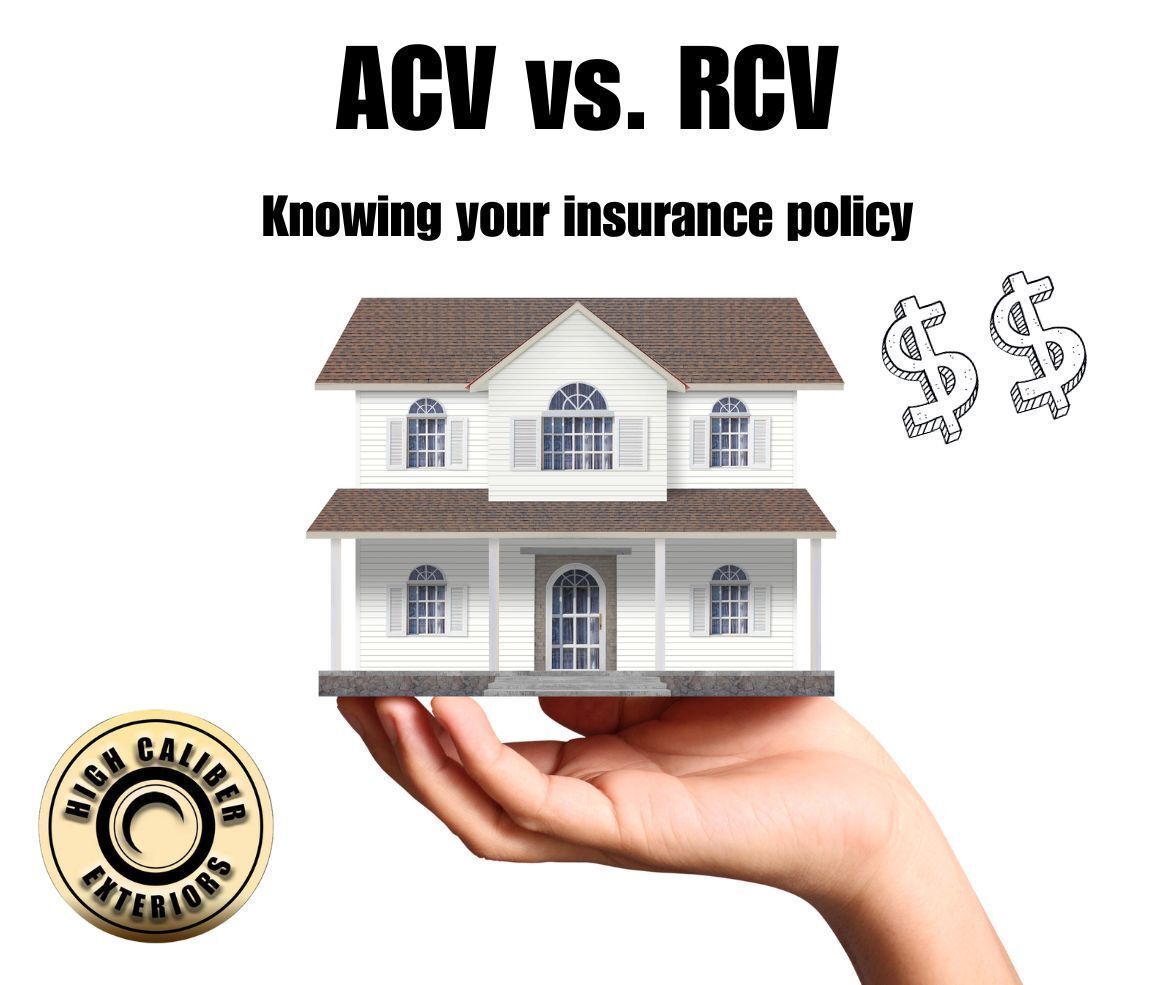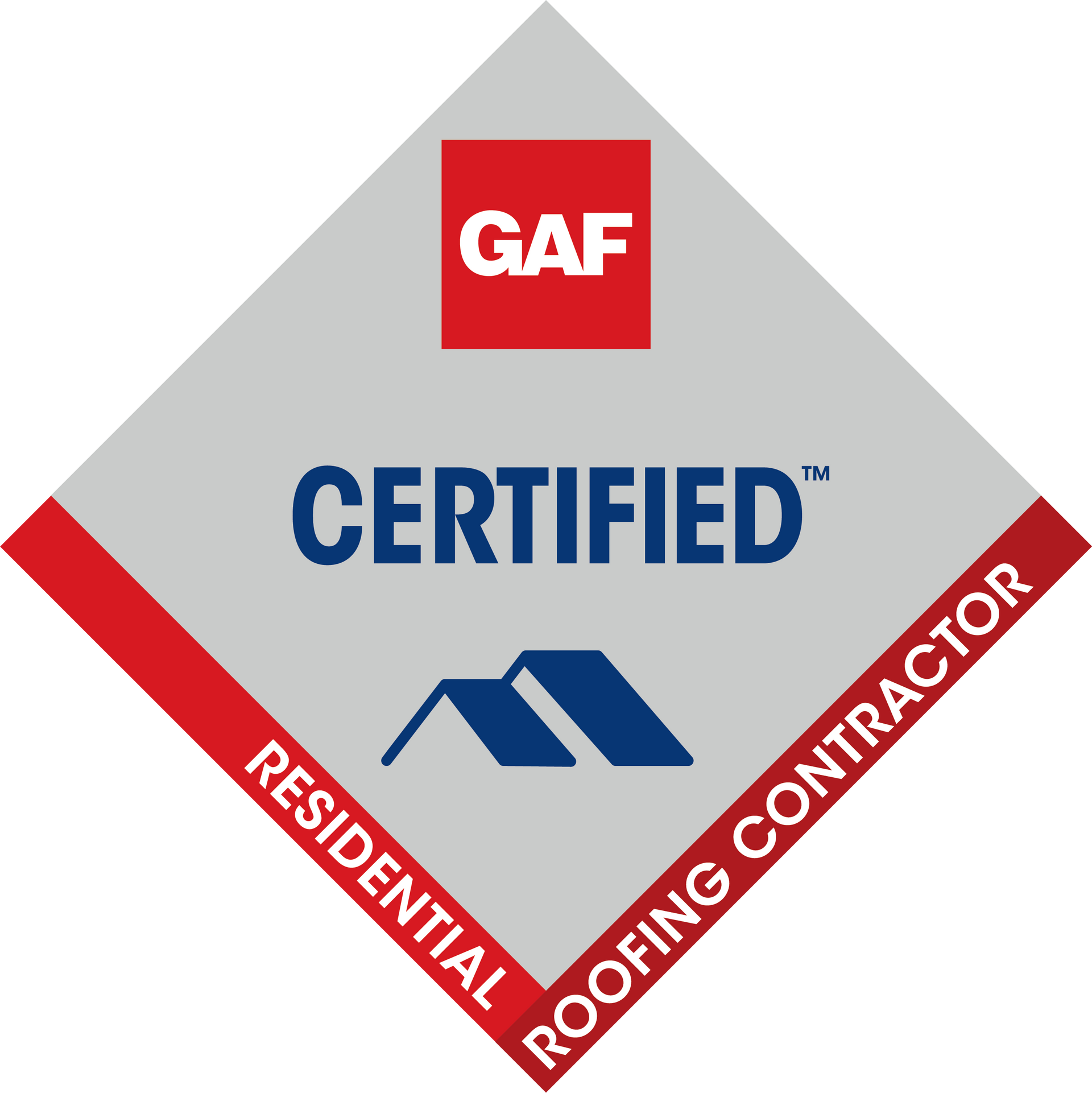Decoding Home Insurance
Actual Cash Value vs. Replacement Cost Value
Homeowners insurance is a cornerstone of responsible home ownership, offering protection against unexpected events. Two common valuation methods, Actual Cash Value (ACV) and Replacement Cost Value (RCV), play a crucial role in determining how much compensation you receive in the event of a covered loss. Let's unravel the differences between ACV and RCV to help you make an informed decision about safeguarding your home.

Actual Cash Value (ACV): Understanding Depreciation
ACV is a valuation method that takes depreciation into account when determining the compensation for a covered loss. Depreciation reflects the decrease in the value of your property over time due to wear and tear. Simply put, with ACV, you receive the current market value of your property, minus depreciation.
Pros of ACV:
Lower Premiums: ACV policies generally come with lower premiums compared to RCV policies, making them an attractive option for budget-conscious homeowners.
Practical for Older Items: ACV is often suitable for older homes or items with a significant depreciation rate, as it acknowledges the reduced value of aged property.
Cons of ACV:
Reduced Payouts: The compensation you receive with ACV may not be sufficient to fully replace damaged or lost items, especially for newer or high-value belongings.
Limited Protection: ACV might not cover the full cost of rebuilding your home or replacing all of your possessions.

Replacement Cost Value (RCV): Full Reimbursement for Newer Items
RCV, on the other hand, offers a more comprehensive form of coverage. This valuation method ensures that you receive the full cost of replacing or repairing damaged property with new items of similar kind and quality, without factoring in depreciation.
Pros of RCV:
Full Reimbursement: RCV policies provide the financial means to replace damaged items or rebuild your home without being hindered by depreciation.
Comprehensive Coverage:
Ideal for homeowners who want to ensure they can fully recover after a loss, RCV offers a higher level of protection.
Cons of RCV:
Higher Premiums: RCV policies generally come with higher premiums compared to ACV policies, reflecting the enhanced level of coverage.
Potential for Over-Insurance: Some homeowners might find RCV excessive for older items, where the cost of replacement exceeds the actual value.
Choosing the Right Option for You
The choice between ACV and RCV depends on your individual circumstances, budget, and preferences. If you prioritize lower premiums and your possessions have depreciated significantly, ACV might be a sensible choice. On the other hand, if you want peace of mind knowing that you can fully replace your belongings or rebuild your home, RCV offers a more comprehensive solution.
It's essential to regularly review and update your home insurance policy to align with changes in your property and lifestyle. Consult with your insurance provider to understand the specific terms and conditions of each valuation method, ensuring that your policy adequately meets your needs.
In conclusion, the ACV vs. RCV debate is about finding the right balance between cost and coverage. By understanding the nuances of each valuation method, you can make an informed decision that provides the level of protection your home deserves.
Get In Touch
Little Rock
3200 S Shackleford, Suite 4
Little Rock, AR 72205
Searcy
1107 S Main Street, Suite A
Searcy, AR 72143
Service areas
All Rights Reserved | High Caliber Exteriors | Powered by Flypaper | Privacy Policy


